Sekijuku /Kameyama: A journey through history

area
- Northern forces
Season
- All seasons
schedule
day trip
transportation
car
During the Edo period, Sekijuku flourished as a post town on the 53 stations Tokaido. It still retains its vestiges today, giving visitors a sense of history. Let's learn about the history of KameyamaCity as well as the highlights of Sekijuku.
Tokaido Sekijuku
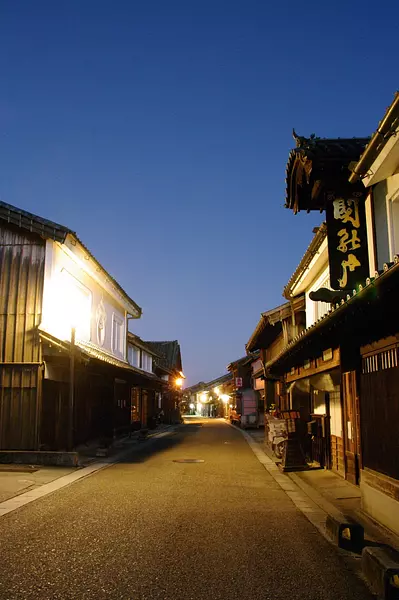
SekijukuHatagoTamayaHistoryMuseum
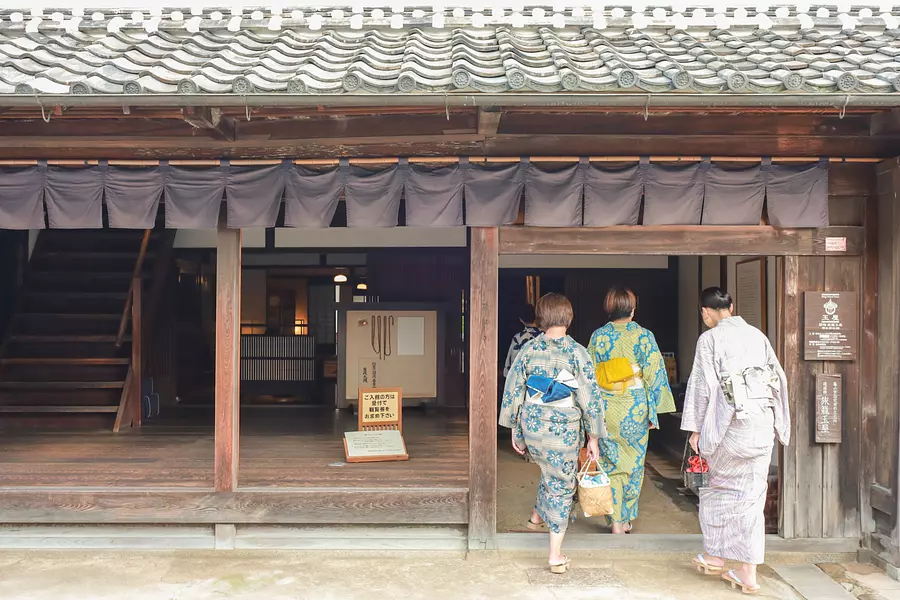
Seki Jizoin
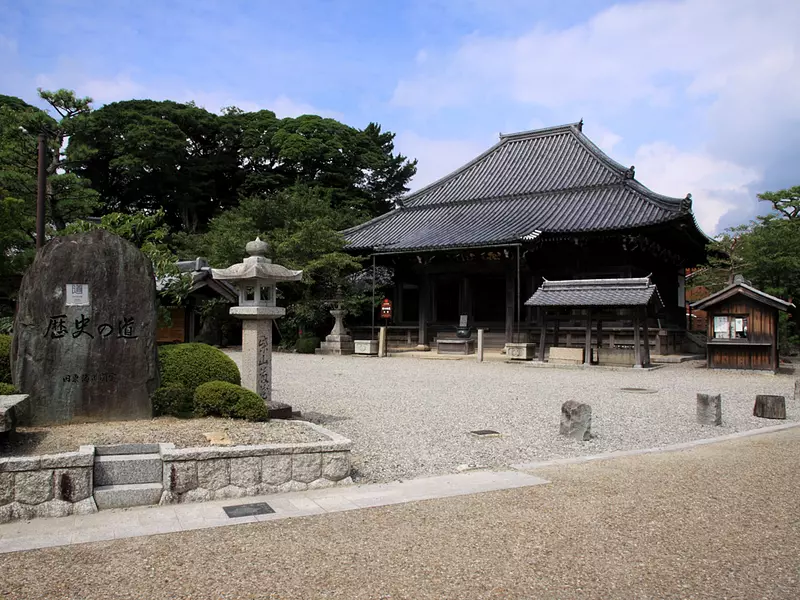
In addition, the three buildings within the precincts, the main hall, bell tower, and Aizenmichi, have been designated as important cultural properties of the country.
There are Ezo cherry blossoms, which are designated as natural monuments, and the main hall, Aizendo hall, and bell tower, which are designated as important cultural properties. It is said to be the oldest Jizo in Japan. Founding year: 741
KameyamaCity History Museum
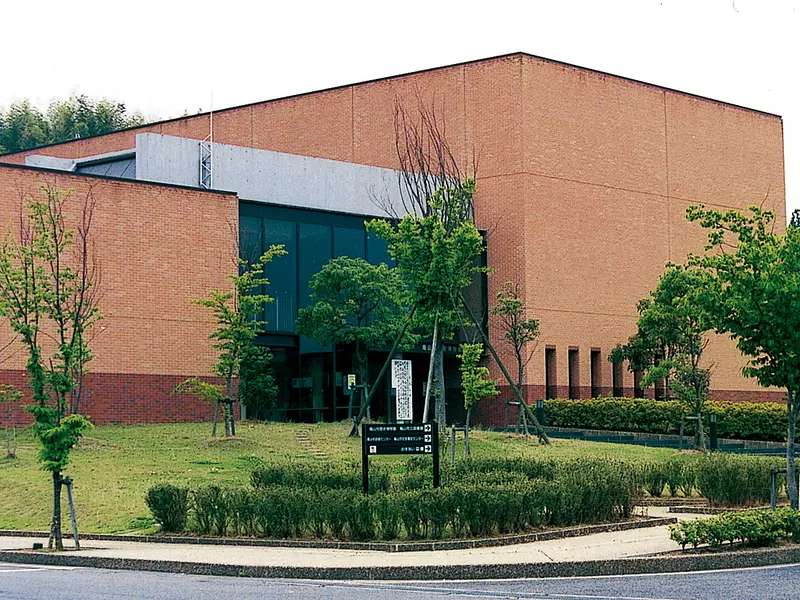
Kameyama Castle Ruins
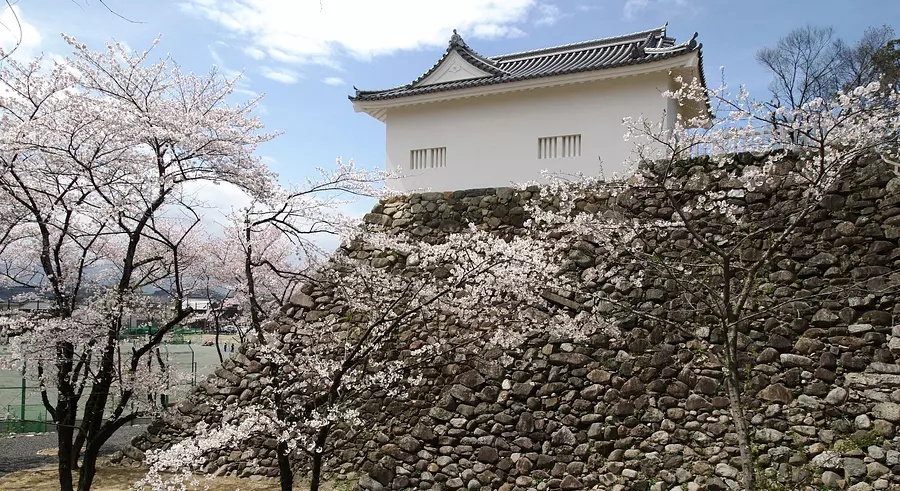
It is a one-story building with painted white walls, a gabled roof, and gables on three sides, east, west, north, and was used as an armory during peacetime.
As the only remaining castle building in the prefecture, it was designated as a prefectural historic site in 1952, and it is full of rustic charm, especially during the cherry blossom season and snowfall, and the Tamon Yagura, which towers over the high stone wall, still retains the same atmosphere as it did in the past. Masu.
Founding year: Azuchi-Momoyama
Meihan Seki Drive-in
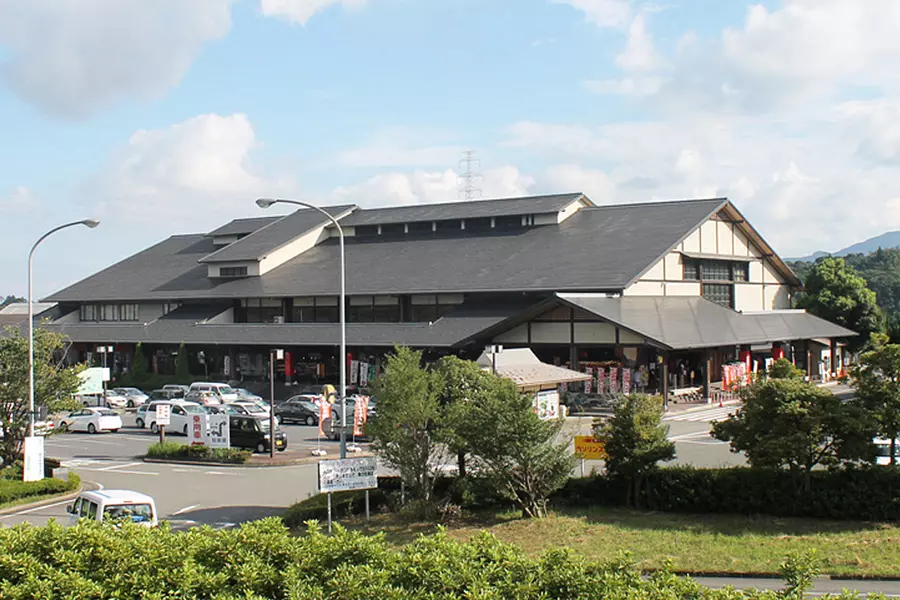
A parking lot is also available.
Other recommended courses

If you want to take photos, come here! Mie Prefecture Photo Travel Course Part 1
Northern forces
I bought a nice SLR camera or mirrorless camera, but where should I take pictures? This Mie Prefecture photo travel course is for those people. If you take a photo here, it's sure to be your favorite! Introducing the best spots.
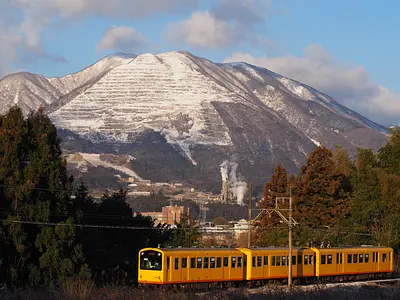
Travel on the popular local line Sangi Railway Hokusei Line
Northern forces
The narrow gauge Sangi Railway Hokusei Line runs slowly and leisurely. Would you like to ride the Hokusei Line and spend some relaxing time together? Let's stop off along the way and visit the famous spots. This course is also perfect for those who want to take photos!
